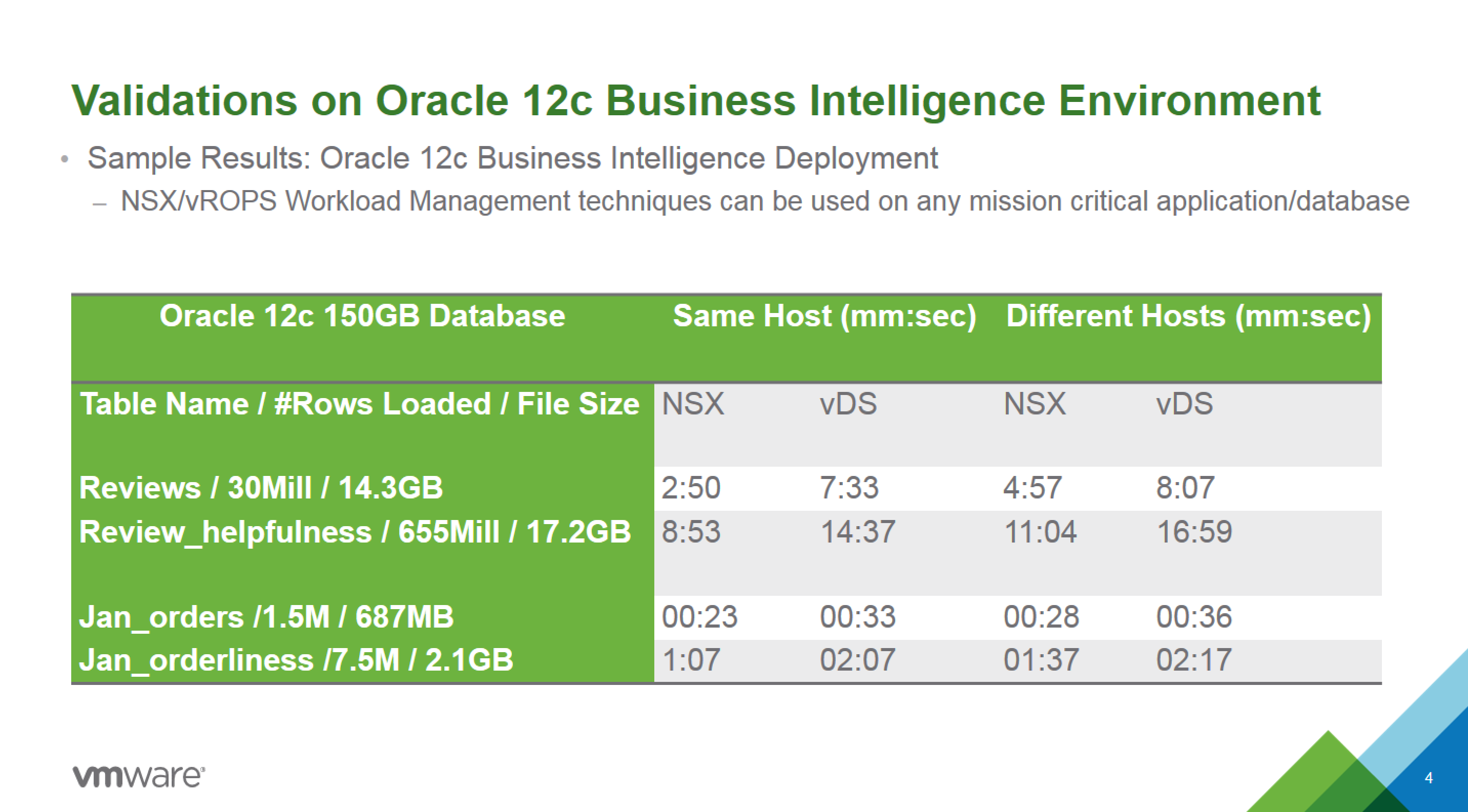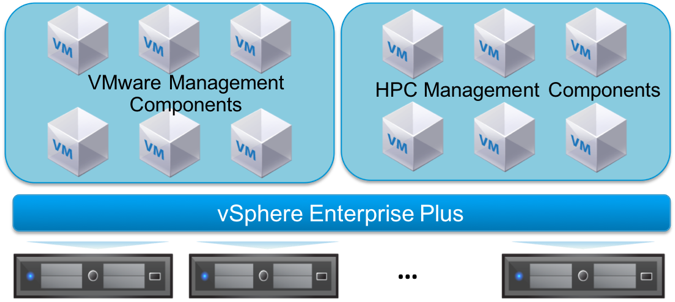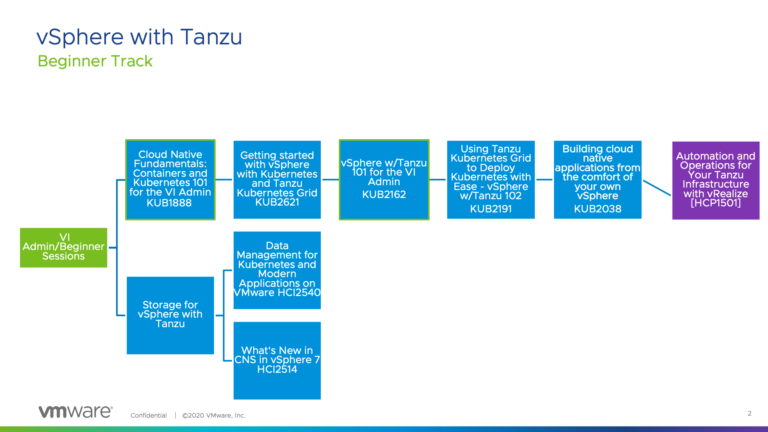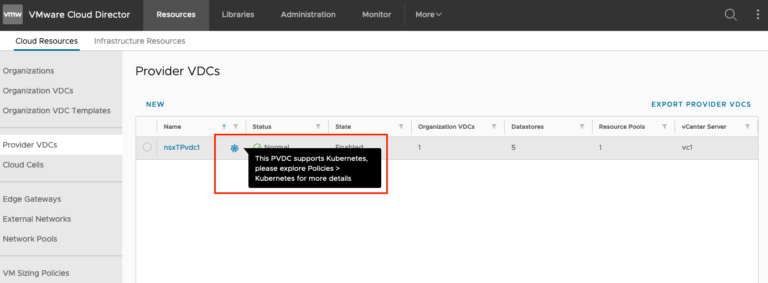As a Staff Partner Architect at VMware, I tend to look at our platform and products through a slightly different lens than some of my colleagues. Rather than focusing solely on our feature rich product sets and platform, I take a top down approach and identify which of these features are most interesting for mission/business critical deployments in a Software-Defined Data Center (SDDC).
VMware NSX is one of those game changing technologies which should interest application owners, database architects, CIOs, and of course network IT professionals. You can think of NSX as a network hypervisor, as such NSX administrators now have the ability to abstract and reproduce a complete set of layer 2 to layer 7 networking services. The ability to abstract and reproduce layer 2 to layer 7 networking services is certainly meaningful to network operations but what does it mean to enterprise architects? Why should our customers care, and why should CIOs care? The answer is hair-pinning.
Network Hair-Pinning
Mission/Business critical productions worthy network topologies are not flat, these deployments require multi-tier network topologies for many reasons, security and isolation just to mention a few. In a classic multi-tier example, virtual machine communications which span the web-tier, application-tier, and database-tier are connected to different subnets will require a network router component. So in order for virtual machines at the application-tier to communicate with a virtual machine at the database-tier a physical router is needed to provide the routing decisions and services.
Essentially, although your database and applications are fully virtualized their communications still must go out from the vSphere hosts to the physical network. This unnecessary communications path is known as hair-pinning and it will introduce latency.
Compare that with VMware NSX, which provides enterprise architects the ability to create a virtual router construct called a Distributed Logical Router (DLR). The distributed logical router allows vSphere to locally make Layer 3 forwarding decisions. It’s also important to note that a DLR is part of the vSphere host itself, it lives and is installed directly into the vSphere kernel.
The elimination of hair-pinning with NSX means that vSphere host to host and virtual machine to virtual machine communication never go out to the physical network as shown in Figure 1.
Figure 1.

SDDC: Enterprise Data Management Reducing Time to Value with NSX
Still hair-pinning and latency sounds like a “techie” network thing that really doesn’t elevate itself to discussions with application owners and or CIOs, however nothing could be further from the truth. So along with our partner NetApp we went about quantifying what the elimination of hair-pinning means in an Oracle 12c Business Intelligence enterprise architecture in the context of Day 2 Data Management Operations. These are typical data management operations in the enterprise, data loads from multiple source systems to enterprise data warehouses, optimization of scale out databases (ex: SAP HANA, Oracle RAC, DB2, HADOOP), backup/recovery, node reconfigurations, IOT operations, ETL/ELT just to mention a few. Essentially any data movement within the enterprise can be faster with NSX because of the elimination of network hair-pinning.
Since network latency is characterized by how much time it takes to move a packet from one destination to another, and the above data management operations contain hundreds of thousands or millions of packets, it’s easy to see how NSX can significantly reduce the time associated with these operations and provide greater value to your business and customers.
In this project, as a data management use case we simulated loads from a source database to an enterprise data warehouse using Oracle 12c. We also used the database benchmarking tool DVD Store to simulate the remote data loads. DVD Store was co-authored by Todd Muirhead who is a Staff Engineer in the performance team at VMware. Below is a sample of the results; these test environments are identical except for the virtual network configurations. One network environment is configured with NSX and the other network environment is configured with vSphere Virtual Distributed Switches (vDS) only to show the effects of hair-pinning.
Table 1.

Day 2 Intelligent Data Management With vRealize Operations
As you can see from the test results the elimination of network hair-pinning is quite significant, as well as the placement of the virtual machines in your landscape. We have already established that with NSX vSphere host to host and virtual machine to virtual machine communication never go out to the physical network. NSX takes that one step further, if the virtual machines are on the same vSphere host communications never leave that host which further reduce latency.
So its advantageous for the overall performance of your Business Intelligence landscape to use vSphere workload management techniques and collocate virtual machines on the same host depending on their temporal characteristics. For instance, when a source system is performing a massive 8 hour data load, it is not hard to imagine the benefits of executing a live-migration with vMotion to temporarily collocate that VM on the same host as the destination enterprise data warehouse, resulting in a much faster data load and faster time to value for the business. These operations are not possible in the physical world (vMotion and NSX), this is only possible in the SDDC.
However, this is not just a simple workload management operation via VMware Distributed Resources Scheduler to balance your workload across the cluster. When NSX is used in conjunction with vROPs an administrator can get to the when, why, and what necessary to optimize Day 2 Operations. For example:
– In a scale out database architecture, which nodes or nodes are participating in an analytic query, collocate these nodes to reduce network latency
– Understand the temporal nature of workload and queries; are they associated with end of month, end of quarter, end of year processing; which virtual machines participate and generate these reports
– Backup/recovery – incremental or full backup; collocate backup/recovery server with source database
– Data loads, ETL/ELT activities
– Node failures and recoveries in a scale out system; surviving nodes become very “busy” increased network traffic, VMware can reduce impact to the business during the DR event
Upcoming Webinar
VMware and NetApp are collaborating on this project and in the first of a series of webinars we will discuss the scope of the project as well as the findings outlined in this blog. The first webinar is scheduled for Tuesday December 7th 9:30AM PDT, the title, abstract, and registration link is below.
These are exciting times and topics, with VMware NSX used in conjunction with vRealize Operations customers can transform their virtual networks and optimize Day 2 data management tasks in ways not possible in physical landscapes. Increasing performance while decreasing time to value for their businesses is something all application owners and CIOs are interested in, NSX is not just a discussion about networks.
Webinar Topic: VMware/NetApp: Day 2 Mission Critical Operations In The Software-Defined Datacenter
Abstract: Using Oracle 12c as the enterprise database, VMware and NetApp will focus on the core tenants of the SDDC, compute, networking, storage, and management. Provide architectural guidance when deploying virtual volumes, NSX, and vRealize Operations
Webinar Partner Registration Link






